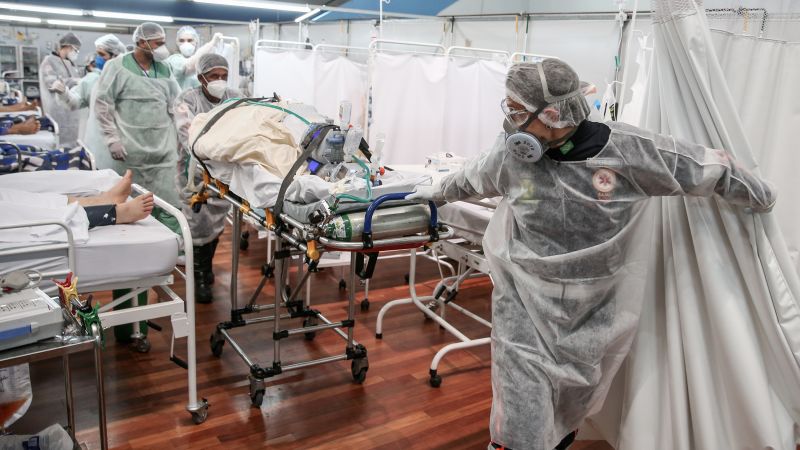WHO member countries agree on a draft ‘pandemic treaty’ to try to avoid COVID-19 mistakes
TruthLens AI Analysis
The article highlights a significant development in global health governance: the agreement on a draft pandemic treaty by World Health Organization (WHO) member countries. This treaty aims to address the shortcomings of the international response to COVID-19 and establish guidelines for future pandemics. The announcement comes at a time when the world is still grappling with the repercussions of the pandemic, both socially and economically.
Purpose Behind the Publication
The primary intention of the article seems to be to inform the public about the collaborative efforts among countries to prevent future health crises. By framing the treaty as a historic moment, it seeks to instill a sense of hope and unity in a time marked by division and uncertainty. The emphasis on collective action may also be aimed at reassuring citizens that governments are taking steps to learn from past mistakes.
Public Perception and Messaging
The narrative suggests a positive and proactive approach to global health issues, aiming to foster trust in international institutions like the WHO. It highlights the treaty's provisions, such as the guarantee of access to vaccines and medicines for poorer nations, which could influence public sentiment favorably towards such global initiatives.
Potential Omissions
While the article presents a largely optimistic view, it may underplay the complexities and challenges involved in implementing the treaty's provisions. The mention of the U.S. withdrawal from WHO and Argentina's exit could suggest underlying tensions that might impact the treaty's effectiveness, yet these issues are not explored in depth.
Manipulative Elements
The article does not overtly manipulate facts but emphasizes certain aspects that could sway public opinion, such as the historical significance of the treaty and the collaborative spirit among nations. This focus on unity may obscure ongoing geopolitical tensions and disagreements that could undermine the treaty.
Trustworthiness of the Information
The information presented appears credible, as it is based on developments from a recognized global health authority. However, the article could benefit from a more balanced perspective by addressing potential criticisms and the efficacy of the treaty in a fragmented political landscape.
Intended Audience
This news likely targets a broad audience, including policymakers, public health advocates, and the general public, promoting awareness and support for international health initiatives. It may resonate particularly well with those who prioritize global cooperation and health equity.
Economic Implications
The announcement could have implications for global markets, particularly in sectors related to pharmaceuticals and healthcare. Companies involved in vaccine development and distribution might see fluctuations in stock prices based on public perception of the treaty's potential effectiveness.
Geopolitical Context
The draft pandemic treaty fits into the larger narrative of global health governance and international collaboration in the face of crises. It highlights the need for solidarity among nations, which is particularly relevant given current geopolitical tensions regarding health access and vaccine distribution.
AI Influence in Writing
There is no clear indication that artificial intelligence was involved in the writing of this article. However, if AI were to be used, it might aim to emphasize clarity and simplicity in conveying complex topics, perhaps influencing the article's structure and language to ensure broad accessibility.
In conclusion, the article presents a largely optimistic view of the WHO's draft pandemic treaty while potentially glossing over deeper geopolitical issues. It serves to promote an image of global cooperation in health governance but could benefit from a more nuanced exploration of the challenges involved in actual implementation.
